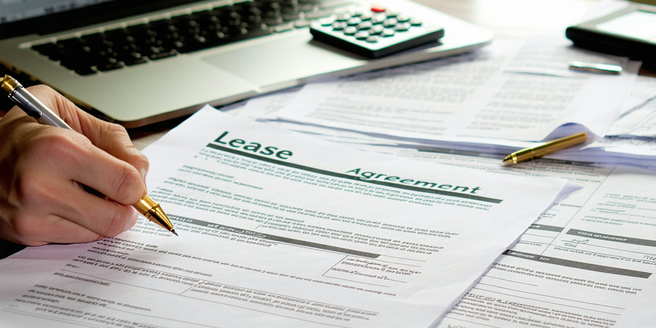Savings Tips For Reducing Rent

Understanding Your Lease Agreement
Before signing a lease, it’s essential to thoroughly understand its terms. Key clauses to consider include the duration of the lease, rent payment deadlines, late fees, and policies on rent increases. Often, leases have automatic renewal clauses, so familiarize yourself with the process of giving notice if you plan to move. Additionally, check whether utilities are included in the rent or are separate expenses. Understanding details about security deposits, such as amounts and conditions for return, is also crucial. If something is unclear, consult a legal advisor or seek clarification from your landlord. Being informed about your lease terms can prevent unforeseen costs and stress, helping you manage your rental expenses effectively.
Negotiating Lower Rent with Your Landlord
Approach the topic of lowering your rent with research and preparation. Start by comparing rent prices for similar properties in your area and highlight any discrepancies. You can also use market trends to your advantage if the demand for rentals is low. Establish a good relationship with your landlord by being a responsible tenant, paying rent on time, and maintaining the property. This rapport can be beneficial during negotiation. Suggest compromises that could include signing a longer lease or offering to take on minor property improvements at your expense. It’s important to remain courteous and open to discussion. By demonstrating knowledge and flexibility, you increase your chances of securing a rental arrangement that aligns more closely with your budget.
Exploring Roommate Opportunities
Splitting rent with a roommate is a common strategy to reduce living costs. When exploring this option, finding a compatible roommate is key. Consider personal habits, lifestyle, and work schedules to ensure a harmonious living situation. Draw up a written agreement detailing shared responsibilities, bill payments, and the division of chores. This helps prevent misunderstandings and ensures transparency. Use social networks, online platforms, or local community boards to find potential roommates. Ensure that the lease agreement allows for multiple tenants to avoid legal issues. Additionally, discuss contingency plans for unforeseen circumstances, such as if one party decides to move out earlier. Living with a roommate not only eases financial burdens but can also offer companionship and shared resources.
Evaluating Alternative Housing Options
When traditional renting feels too costly, consider alternative housing options. These options include co-housing, subletting, or even tiny homes. Co-housing offers shared amenities and spaces with private living quarters and can reduce individual expenses. Subletting an apartment while still maintaining your lease can also be an economical choice, allowing for flexible stay durations and lower rental costs. For those open to a minimalist lifestyle, tiny homes present an innovative way to live affordably. Engage with local community boards, housing cooperatives, or online platforms to explore available listings. The key is to assess your needs and preferences, balancing them with available alternatives. Modern housing solutions offer varied options beyond traditional leases, potentially saving you a considerable amount on rent.
Implementing Energy-Saving Measures
Cutting down utility bills by implementing energy-saving measures can significantly reduce overall rental expenses. Start with small changes like using LED light bulbs, which consume less electricity, and unplugging electronics when not in use to avoid phantom power consumption. Invest in energy-efficient appliances and consider programmable thermostats to optimize heating and cooling. Insulation improvements, such as weather-stripping windows and doors, can prevent heat loss and lower energy consumption. Additionally, adopt habits like washing clothes with cold water and air-drying them to save power. Advocate with your landlord for broader energy-saving initiatives, like installing solar panels or improving building insulation. By being proactive with energy efficiency, you contribute to environmental sustainability while reaping financial benefits.
Leveraging Rental Assistance Programs
Exploring available rental assistance programs can provide much-needed financial relief. Government and non-profit organizations often offer aid to low-income households in the form of subsidies or vouchers that cover a portion of their rent. It’s important to research eligibility criteria, as requirements can vary significantly. Programs like the Housing Choice Voucher Program, also known as Section 8, offer long-term support to eligible families by subsidizing a portion of their rent based on income. Local community centers and housing authorities can provide information on specific programs available in your area. Additionally, during times of crisis or natural disasters, temporary rental relief options may become accessible. By proactively seeking out these resources, you can ease the burden of rental costs while stabilizing your financial situation.